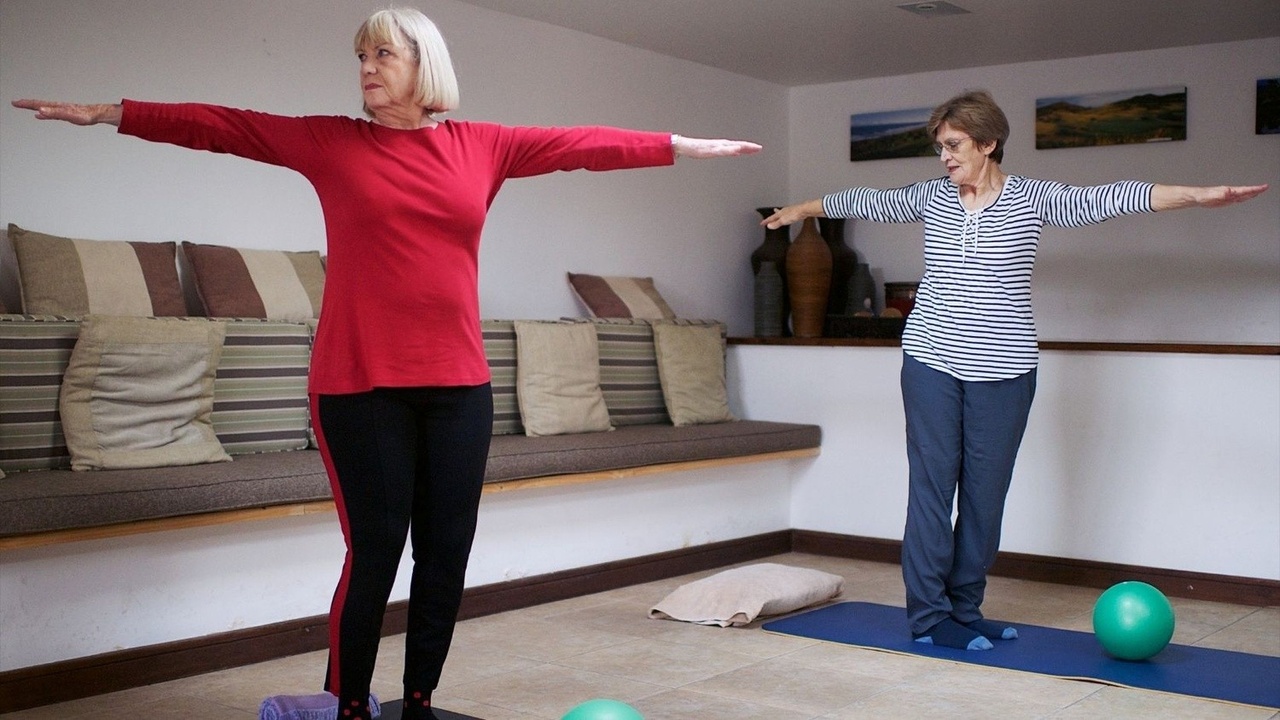How can Pilates help women who experience back pain?
May 24, 2022
Back pain can present itself in different ways. It can be chronic pain that has been with you for a long period of time, it may come and go, or you may just feel the occasional twinge when you’ve been working in the garden. Pain, or a dull ache, that can cause stiffness, tightness and reduced mobility, can be experienced in the upper or lower back, neck or shoulders, it can impact on our daily lives, our mental health, and our ability to focus and be productive at work.
Why does back pain effect women?
Women often experience more back pain as they reach midlife. A busy home life of bringing up the children, running a busy house, holding down a job, and looking after aging parent, can put a strain on our body.
Women often neglect their own health and wellness, and put others needs before their own.
There are other reasons why women may experience more pain around this time of their lives, and that is due to menopause. Along with the stress you body may already be under, the changes that your body goes through during menopause can also cause joint and muscle pain.
If you have put exercise on hold, Osteopenia and Osteoporosis may be developing without you even knowing. Sometimes termed ‘The Silent Disease’, many women don’t realise they have this condition. The first sign they may have is a dull, persistent ache in the middle of the back, or worse, a fracture after a fall.
Taking all this into consideration, is no wonder that our body develops poor postural habits that can also cause back, neck or shoulder pain. Poor posture can develop over a number of years. We don’t realise how our posture can affect us until we wake up one morning with a pain in our neck!
How can Pilates help
In many cases, managing your own back pain can be simple and straightforward. It’s just knowing what you need to do and ensure you do it well.
- Pilates, often known for strengthening the ‘core’, can actually help you strengthen the whole of your body, helping you to improve your posture, and easing some of the discomfort from poor posture.
- Pilates is gentle on the joints and can help you improve your balance which is important for any woman who is concerned about developing Osteoporosis.
- Pilates helps you to maintain good joint mobility allowing you to move easily. This also includes spinal mobility. Yes, good core strength with help to support your lower back, but exercises that encourage easy joint and spinal movement, also have a positive effect on how your back moves and feels.
- Pilates can give you an overwhelming sense of relaxation as you focus on your breathing and the precise, controlled movements of each exercise. Stress makes pain feel worse, so taking time to switch off and relax can be very beneficial to the way you feel.
When starting Pilates, it’s important to ensure that you start with the basics, particularly if you are new to Pilates or have taken a break from it. The basics give us the strong foundations that we need to help support and strengthen our bodies, release tension and ease pain. The basic Pilates exercises are simple and look easy, but it’s the hidden Pilates principles you can’t see that help to strengthen your body. It’s these principles that are so important to learn when you are starting out. If you jump into more advanced exercises too quickly you might make matters worse.
How can you start to help ease your back pain?
Postural awareness is sometimes the easiest place to start. Here are some simple tips you can try to help you identify areas that might be causing you a problem.
- Look at yourself in a mirror and see how your shoulder are sitting. If they are rounded forward, or if your head is forward, this may tell you that the muscles of the neck and upper back are under strain and can eventually lead to muscle discomfort and pain in this area.
- How easy is it for you to turn your head from side to side. Go slowly and be aware of any restrictions. Short, tight muscles make movement difficult and can also lead to headaches because of all the tension you may be holding in your neck and shoulders.
- Place one hand on your tummy and one hand in your lower back. Gentle tilt the pelvis backward and forward. How much movement to do you have? A lack of movement due to tightness in the lower back muscles can not only identify imbalances in the core abdominal muscles, but also the reduced mobility indicates the poor health of the muscles and their ability to work properly, which can lead to back problems.
The best advice I can give you is to move your body as much as possible. Your body loves to move. It’s what it was designed for.
Learn more about our classes and workshops. Click the link below to join our monthly newsletter.
Stay connected with news and updates!
Join the Total Pilates mailing list to receive the latest news and updates on movement, nutrition, and self-care.
Don't worry, your information will not be shared.

